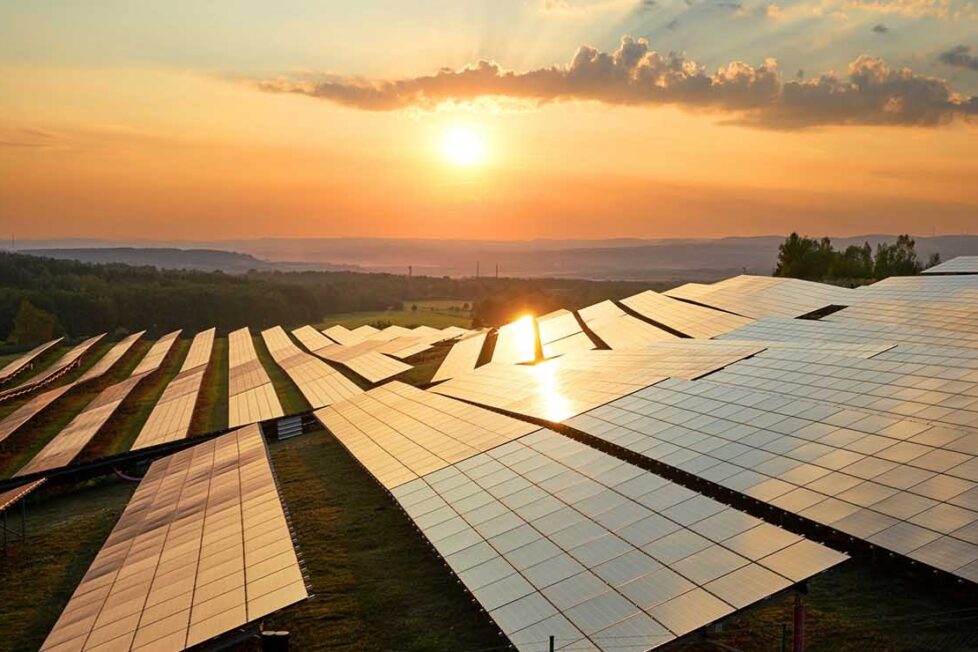Renewable Energy Growth Jumps by 50% in 2023, On Track to Overtake Coal Next Year: IEA

Renewable energy capacity experienced its strongest growth in decades in 2023, with a 510 GW increase in global capacity additions in the year, up by 50% over 2022, with China emerging as a key driver of the global growth, according to a new report released today by the International Energy Agency’s (IEA).
With the dramatic increase seen over the past year, the “Renewables 2023” report found that the world is now on track to grow renewables capacity by 2.5x by 2030, putting the global goal established at the COP28 climate conference to triple renewable energy capacity by the end of the decade within reach, and to overtake coal as the largest source of global electricity generation by early 2025.
IEA Executive Director Fatih Birol, said:
“The new IEA report shows that under current policies and market conditions, global renewable capacity is already on course to increase by two-and-a-half times by 2030. It’s not enough yet to reach the COP28 goal of tripling renewables, but we’re moving closer – and governments have the tools needed to close the gap.”
China was a key driver of the global renewables growth, according to the report, with the country adding as much solar PV capacity over the past year as that commissioned in the entire world in 2022, while also growing its wind power additions by nearly two thirds. China also accounts for nearly 90% of the IEA’s upward renewables forecast revision, with solar PV capacity representing the bulk of the increase.
Other regions that reached record renewable energy capacity increases included the U.S., EU and Brazil, each of which are also expected to see solar PV and wind deployment more than double from 2023-2028 compared to the prior 5-year period.
By type, solar PV accounted for the significant majority – around three quarters – of the capacity additions worldwide in 2023, while going forward, declining costs for new solar PV and onshore wind installations are seen as increasing their competitiveness, with almost all wind and solar PV capacity deployed expected to provide lower generation costs than coal and natural gas alternatives for new plants by 2028, according to the IEA forecast. The IEA’s outlook for offshore wind through 2028, by contrast, was revised down by 15% in areas outside of China, driven by higher investment costs that have led to the cancellation or delay of 15 GW of projects in 2023.
The report also highlighted the key challenges required to be addressed in order to reach the COP28 goal of tripling renewables capacity by 2030, including policy uncertainty and delayed policy responses to the new macroeconomic, insufficient investment in grid infrastructure which is holding back a faster expansion of renewables, administrative barriers and cumbersome permitting procedures, as well as insufficient financing in emerging and developing economies.
Birol said:
“There are still some big hurdles to overcome, including the difficult global macroeconomic environment. For me, the most important challenge for the international community is rapidly scaling up financing and deployment of renewables in most emerging and developing economies, many of which are being left behind in the new energy economy. Success in meeting the tripling goal will hinge on this.”
Click here to access the report.